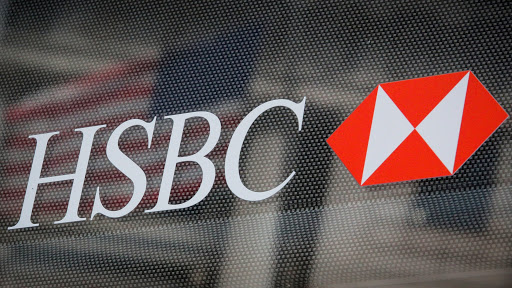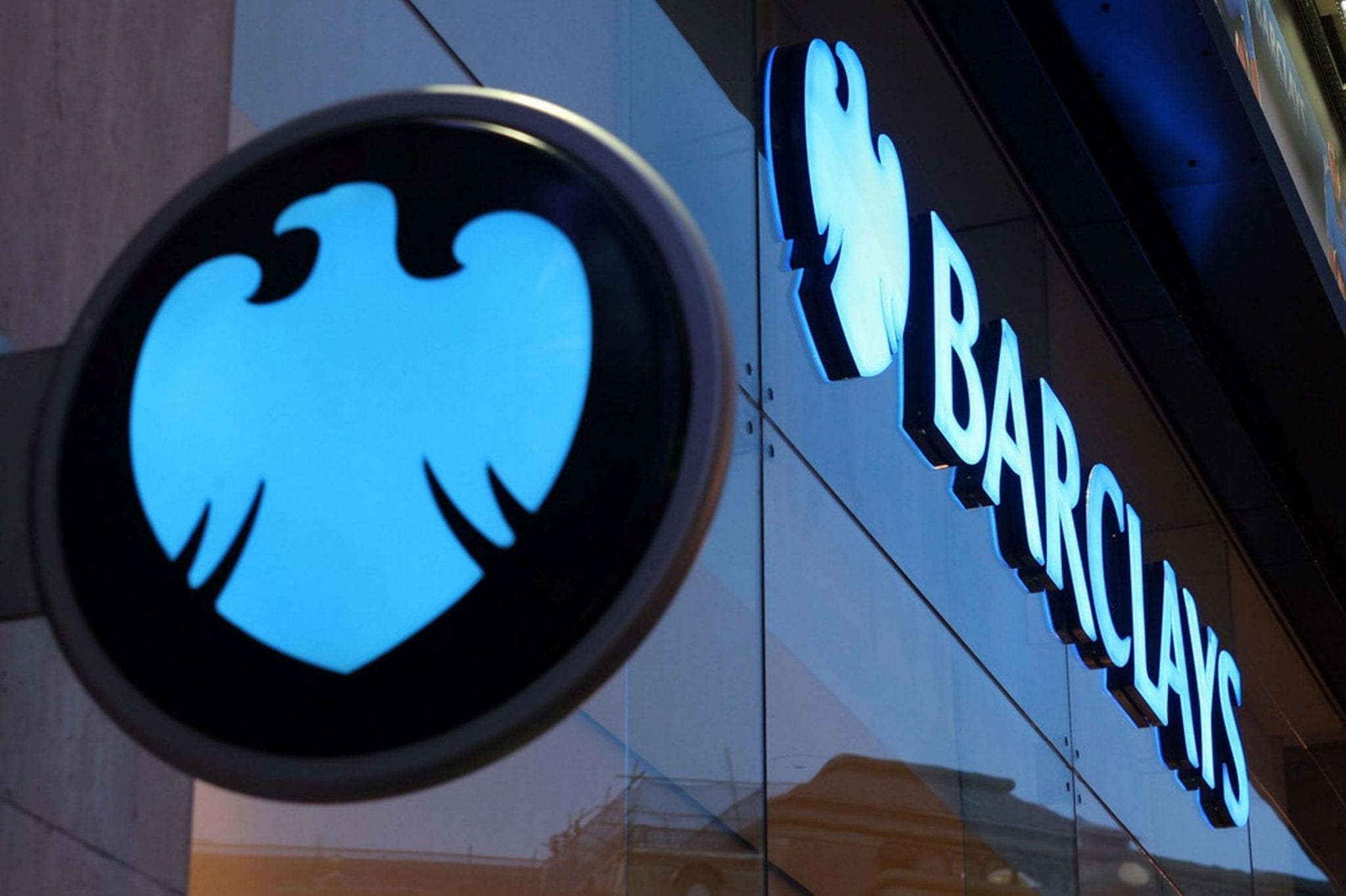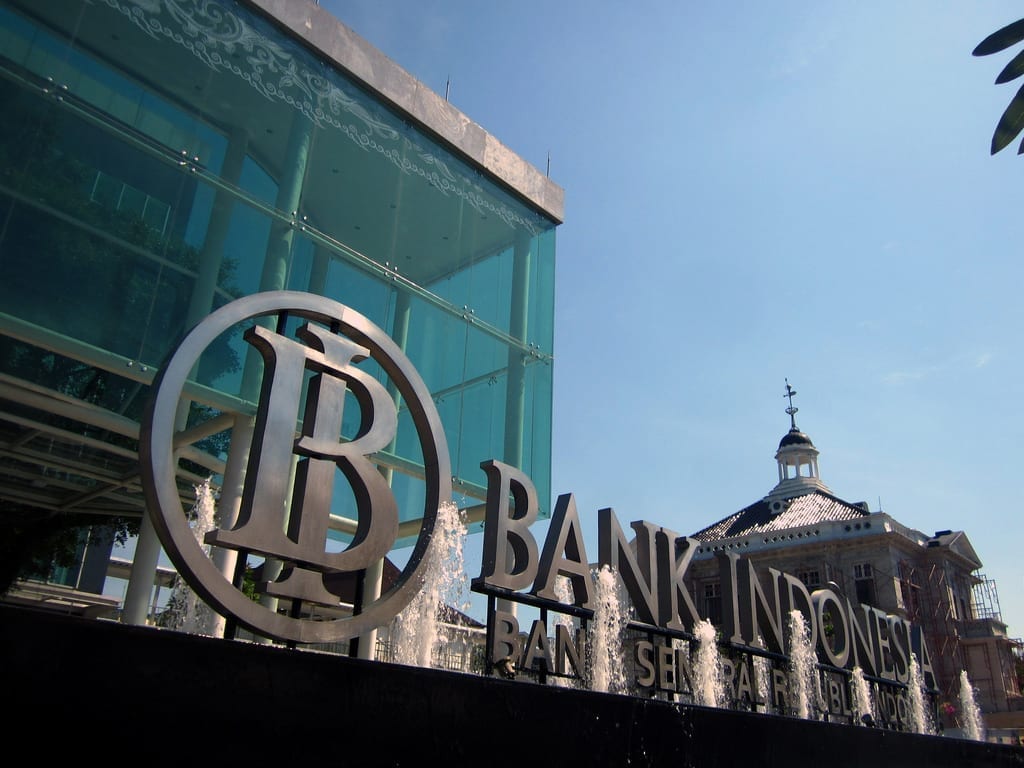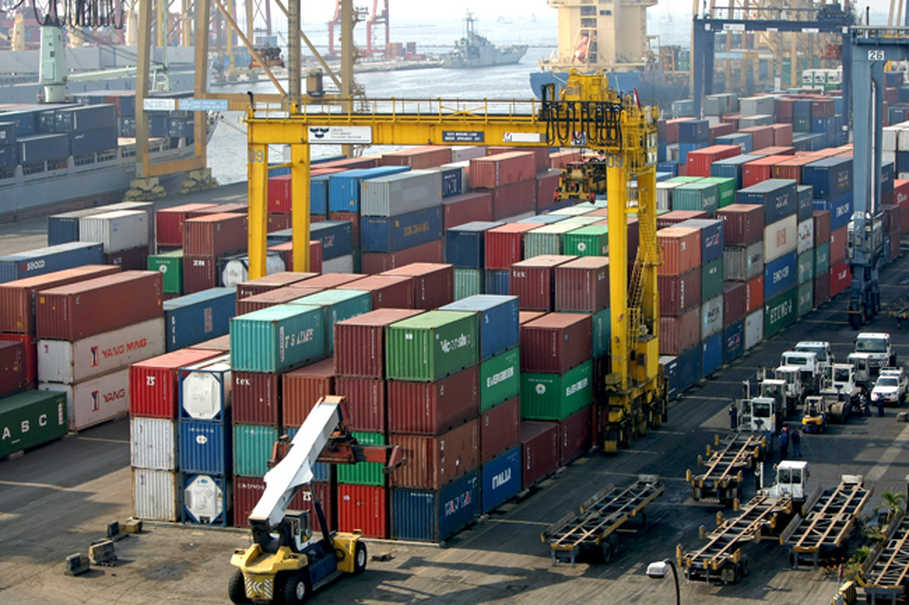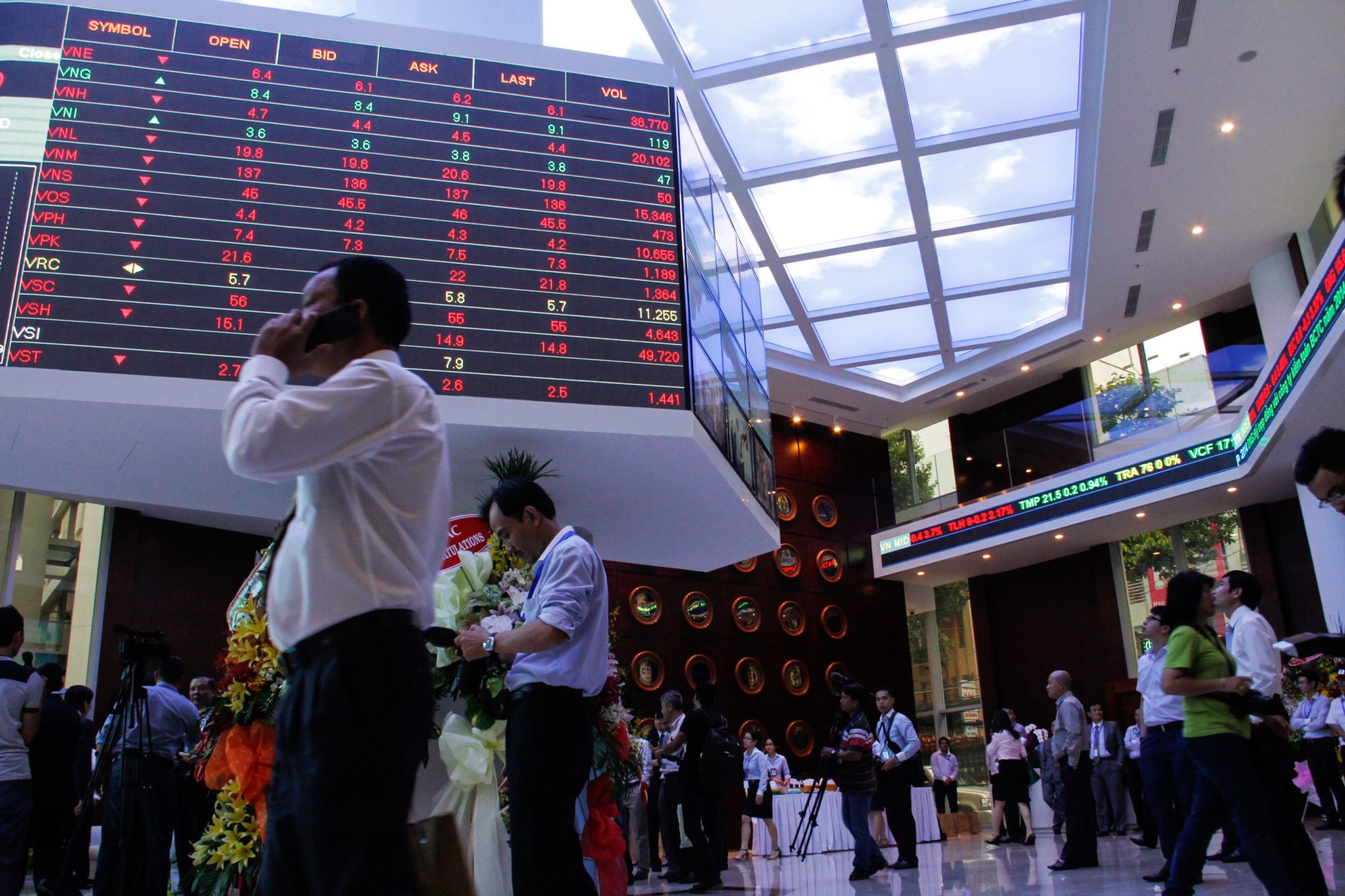Islamic Finance Market Set to Reach $7.7 Trillion by 2033: A Future of Growth and Opportunity | Retail News Asia
August 5, 2025

Reading Time: 2 minutes
The Islamic finance market is poised for remarkable growth, projected to reach an astonishing $7.7 trillion by 2033, according to a report by Allied Market Research. This translates to a compound annual growth rate (CAGR) of 12% over the next decade, scaling from a valuation of $2.5 trillion in 2023.
The surge in cashless transactions and the rise of digital banking are key drivers behind this expansion. Innovations such as real-time payment systems and AI-enhanced fraud detection are not just buzzwords; they are pivotal in shaping consumer preferences and ensuring secure financial interactions. “By emphasizing risk-sharing models and providing alternatives to interest-based lending, Islamic financial institutions have been successful in reaching underserved populations, particularly in developing economies,” the report emphasizes.
Rooted in Shariah law, Islamic finance has distinctive principles that prohibit interest (riba) and speculative practices (maysir), favoring instead profit-sharing and asset-backed financing. These concepts resonate particularly well in regions where conventional banking systems may not adequately serve the community. Governments in many Muslim-majority countries and prominent financial hubs are stepping up their support for Islamic finance, leveraging favorable policies and regulatory reforms to foster growth.
Clear legal frameworks that align with Sharia principles are being established, creating a safe and secure landscape for Islamic banking, investment, and insurance products. “This not only enhances trust but also attracts a growing base of consumers who are seeking ethical investment options,” the report notes. It seems that Islamic finance is not just about numbers; it’s crafting a narrative where ethics meets commerce.
However, the journey is not without its hurdles. The lack of standardization and regulatory consistency can shadow market players, while complex product structuring poses additional challenges. To navigate these waters, institutions are increasingly turning to AI-driven solutions for fraud prevention and blockchain technologies to secure transactions, ensuring smoother operations and increased consumer confidence.
What is the projected growth of the Islamic finance market over the next decade?
The Islamic finance market is projected to grow to $7.7 trillion by 2033, achieving a compound annual growth rate of 12%.
What are some key factors driving the growth of Islamic finance?
The shift towards cashless transactions, advancements in digital banking, real-time payment systems, and AI-driven fraud detection are significant factors propelling the market.
What challenges does the Islamic finance market face?
Challenges include a lack of standardization, regulatory harmonization, and the complexity of product structuring. Institutions are seeking to address these issues through AI technology and blockchain for secure transactions.
Share it:
Behind the Buzz
We’re here to keep you in the loop—every single day. Whether you’re running a small local shop, scaling an online biz, or part of a global brand making moves in Asia, we’ve got something for you.
With 50+ fresh stories a week and 13.6 million readers, Retail News Asia isn’t just another news site—it’s the go-to source for all things retail across the region.
Hot Picks
Retail Kitchen
We respect your inbox as much as we value your time. That’s why we only send carefully curated weekly updates, packed with the most relevant news, trends, and insights from the retail industry across Asia and beyond.
Copyright © 2014 -2025 |



